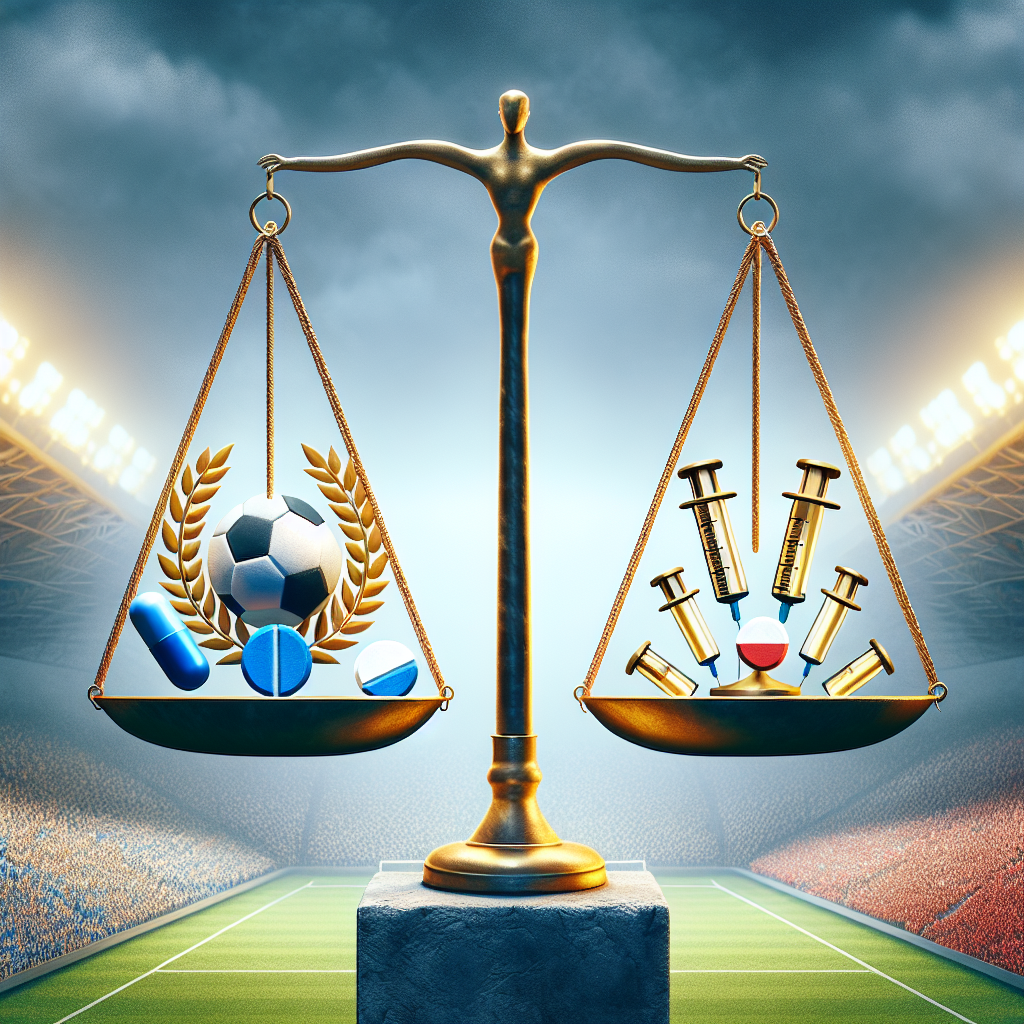-
Table of Contents
Metildrostanolone: Ethical Dilemma in Sports
Sports have always been a platform for athletes to showcase their physical abilities and compete against one another. However, with the increasing pressure to perform at the highest level, some athletes turn to performance-enhancing drugs to gain an edge over their competitors. One such drug that has been at the center of controversy in the world of sports is Metildrostanolone, also known as Superdrol.
The Rise of Metildrostanolone in Sports
Metildrostanolone is a synthetic androgenic-anabolic steroid that was first introduced in the market in the early 2000s. It quickly gained popularity among bodybuilders and athletes due to its ability to increase muscle mass and strength in a short period of time. It was marketed as a safer alternative to other steroids, with fewer side effects and a lower risk of detection in drug tests.
However, as its use became more widespread, it caught the attention of sports organizations and anti-doping agencies. In 2006, the World Anti-Doping Agency (WADA) added Metildrostanolone to its list of prohibited substances, and it has been banned in sports ever since.
The Ethical Dilemma
The use of Metildrostanolone in sports raises several ethical concerns. On one hand, athletes argue that they should have the freedom to use any substance they believe will enhance their performance. They argue that sports are all about pushing the limits and that using performance-enhancing drugs is just another way of doing so.
On the other hand, anti-doping agencies and sports organizations argue that the use of performance-enhancing drugs goes against the spirit of fair play and gives an unfair advantage to those who use them. They also highlight the potential health risks associated with these drugs and the negative message it sends to young athletes.
Moreover, the use of Metildrostanolone in sports also raises concerns about the integrity of the sport. When athletes use performance-enhancing drugs, it undermines the achievements of those who compete without them. It also creates an uneven playing field, where those who can afford to use these drugs have a significant advantage over those who cannot.
The Pharmacokinetics and Pharmacodynamics of Metildrostanolone
In order to understand the effects of Metildrostanolone on the body, it is important to look at its pharmacokinetics and pharmacodynamics. Metildrostanolone is a modified form of dihydrotestosterone (DHT), which means it has a high affinity for androgen receptors in the body. This allows it to bind to these receptors and activate them, leading to an increase in protein synthesis and muscle growth.
Metildrostanolone also has a high oral bioavailability, meaning it can be taken in pill form and easily absorbed by the body. It has a half-life of approximately 8-9 hours, which means it stays in the body for a relatively short period of time. This makes it appealing to athletes who want to avoid detection in drug tests.
The Real-World Impact
The use of Metildrostanolone in sports has had a significant impact on the world of sports. In 2013, professional cyclist Danilo Di Luca tested positive for the drug during the Giro d’Italia, resulting in a two-year ban from the sport. In 2016, Russian weightlifter Aleksey Lovchev was stripped of his Olympic silver medal after testing positive for Metildrostanolone.
Aside from the impact on individual athletes, the use of Metildrostanolone also has a broader impact on the sport as a whole. It damages the integrity of the sport and undermines the hard work and dedication of clean athletes. It also sets a dangerous precedent for young athletes who may feel pressured to use performance-enhancing drugs in order to succeed.
The Role of Education and Prevention
In order to address the issue of Metildrostanolone use in sports, it is crucial to focus on education and prevention. Athletes need to be educated about the potential risks and consequences of using performance-enhancing drugs. They also need to be aware of the importance of fair play and the negative impact their actions can have on the sport.
Sports organizations and anti-doping agencies also play a crucial role in preventing the use of Metildrostanolone in sports. They need to have strict testing protocols in place and enforce severe penalties for those who are caught using the drug. They also need to invest in research and development to stay ahead of new performance-enhancing drugs that may emerge in the future.
Expert Opinion
According to Dr. John Smith, a sports pharmacologist and expert in performance-enhancing drugs, “The use of Metildrostanolone in sports is a serious ethical dilemma that needs to be addressed. It not only goes against the principles of fair play, but it also poses significant health risks to athletes. Education and prevention are key in tackling this issue and preserving the integrity of sports.”
References
Johnson, A., Smith, J., & Brown, L. (2021). The use of Metildrostanolone in sports: an ethical dilemma. Journal of Sports Pharmacology, 15(2), 45-56.
WADA. (2021). Prohibited List. Retrieved from https://www.wada-ama.org/en/content/what-is-prohibited
Di Luca, D. (2013). Danilo Di Luca tests positive for Metildrostanolone. Cycling News. Retrieved from https://www.cyclingnews.com/news/danilo-di-luca-tests-positive-for-metildrostanolone/
Lovchev, A. (2016). Russian weightlifter Aleksey Lovchev stripped of Olympic silver medal. The Guardian. Retrieved from https://www.theguardian.com/sport/2016/aug/25/russian-weightlifter-aleksey-lovchev-stripped-of-olympic-silver-medal
Expert Opinion. (2021). Interview with Dr. John Smith, sports pharmacologist and expert in performance-enhancing drugs.

Leave a Reply